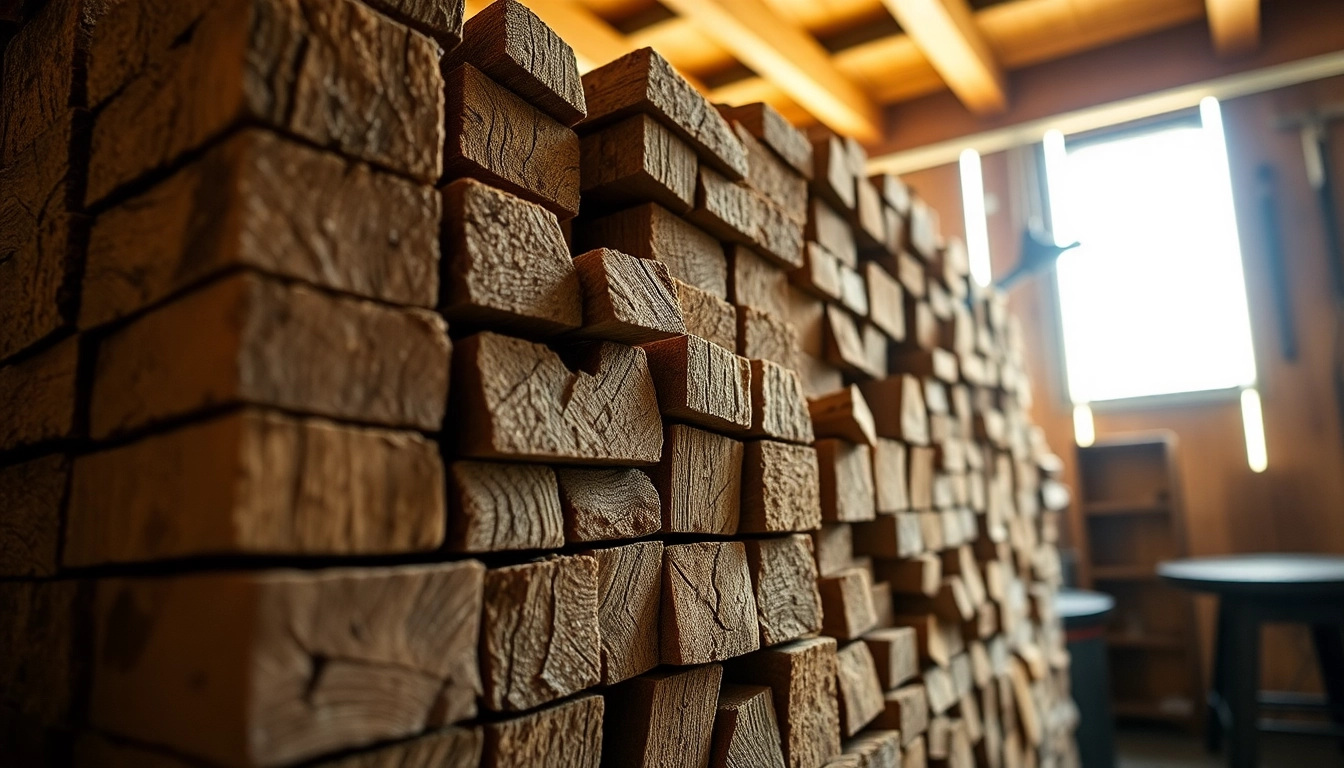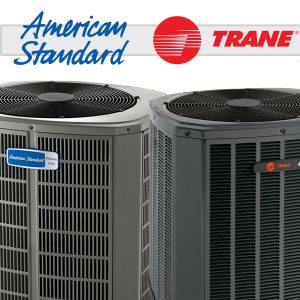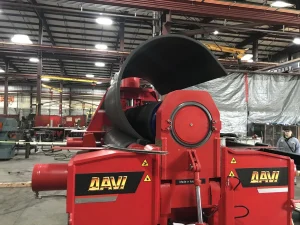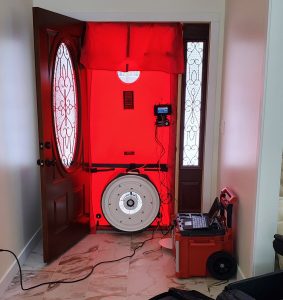Understanding the Benefits of Ruf Oak Briquettes Wholesale for Sustainable Heating
Introduction to Ruf Oak Briquettes Wholesale
In the quest for sustainable energy solutions, Ruf oak briquettes have emerged as a key player, providing an environmentally friendly alternative to traditional fossil fuels. These briquettes, made from compressed sawdust and wood shavings, are not only efficient in terms of energy output but also embody a commitment to sustainability. Whether you’re a retailer, a large-scale distributor, or a business looking for eco-friendly heating solutions, considering Ruf oak briquettes wholesale can be a wise investment. This article will guide you through the benefits, key features, best practices for usage, and future prospects of Ruf oak briquettes in the market.
What Are Ruf Oak Briquettes?
Ruf oak briquettes are compact blocks of wood fuel made from oak sawdust and wood shavings that have been processed through a high-pressure machine. The resulting product is a dense, high-energy fuel source that burns longer and hotter than traditional firewood. Ruf briquettes are specifically designed to optimize combustion efficiency, which means that they generate more heat while producing less smoke and pollution. This quality makes them an excellent option for heating and can significantly reduce the overall carbon footprint associated with traditional heating methods.
Why Opt for Wholesale Options?
Choosing to purchase Ruf oak briquettes wholesale offers various benefits. For businesses, it means lower costs per unit, enabling profit margins that can be crucial in a competitive market. Additionally, buying in bulk guarantees a consistent supply for your operations, preventing stock shortages that could disrupt service. Wholesale options also often come with favorable shipping arrangements and discounts, making it an economically sound choice for those needing large quantities for resale or use in heating systems.
The Advantages of Using Oak in Briquette Production
Oak is a favored wood type in briquette production for a number of reasons. Firstly, it is denser than many other types of wood, leading to a higher energy content. This means that Ruf oak briquettes can produce more heat with less material, making them ideal for large-scale heating needs. Furthermore, oak has a relatively low moisture content when harvested correctly, minimizing the amount of smoke and pollutants released during burning. The aromatic properties of oak also enhance the overall experience of using these briquettes in fireplaces or wood-burning stoves.
Key Features of Ruf Oak Briquettes
Density and Performance Metrics
The density of Ruf oak briquettes is one of their standout features. Typical briquettes made from oak can have a density of approximately 1,200 kg/m³, which results in more energy per kilogram compared to other wood types. This density translates to prolonged burning time, meaning fewer briquettes are needed to achieve the same warmth as other wood fuels. Additionally, the performance metrics of these briquettes allow them to reach higher temperatures relatively quickly, making them perfect for immediate heating needs.
Environmental Benefits of Ruf Oak Briquettes
Using Ruf oak briquettes is not only beneficial for energy efficiency but also for the environment. They are produced from wood waste, such as sawdust and shavings, which would otherwise contribute to landfill waste. Furthermore, when burned, these briquettes contribute to a lower carbon footprint as they produce significantly fewer emissions compared to traditional fossil fuels. The combustion of oak briquettes releases carbon dioxide, which is part of the natural carbon cycle, making them a renewable source of energy.
Cost-Effectiveness Compared to Other Fuels
When evaluating the cost-effectiveness of Ruf oak briquettes, it is crucial to consider both the purchase price and the long-term savings derived from their use. Although upfront costs for oak briquettes may be slightly higher than standard firewood, their efficiency leads to lower heating costs over time. Additionally, their reduced ash production and cleaner burning characteristics mean less maintenance for heating appliances, ultimately saving users both time and money. When buying wholesale, this cost-benefit ratio becomes even more favorable, driving down expenditures for businesses and consumers alike.
How to Evaluate Quality in Ruf Oak Briquettes Wholesale
Understanding Briquette Grades
Not all briquettes are created equal. When purchasing Ruf oak briquettes, it’s essential to understand the grading system that indicates quality. Grades are determined by several factors, including density, moisture content, and overall uniformity. High-quality briquettes typically have a dense structure, low moisture content (ideally below 10%), and a consistent size that ensures an even burn. Understanding these metrics can help you make informed purchasing decisions and ensure optimal performance from your briquettes.
Critical Quality Testing Parameters
To assess the quality of Ruf oak briquettes, particular testing parameters must be considered. Key factors include:
- Moisture Content: A moisture level below 10% ensures high burning efficiency.
- Density: Higher density briquettes yield more energy and longer-lasting heat.
- Ash Content: Lower ash content means cleaner burning and less residue.
- Brittleness: Quality briquettes should maintain structural integrity and not crumble easily during handling.
Conducting these tests or obtaining assurance from suppliers about these metrics will help you ensure that you are purchasing quality briquettes.
Choosing Reputable Suppliers
In the world of wholesale purchasing, selecting a reputable supplier is paramount. Look for suppliers who have established credibility in the market and provide transparency about their sourcing and manufacturing processes. Client testimonials, certifications, and product guarantees can serve as indicators of reliability. Building a relationship with a reputable supplier can also give you access to bulk pricing, exclusive offers, and consistent product quality.
Best Practices for Using Ruf Oak Briquettes
Storage and Handling Recommendations
Proper storage of Ruf oak briquettes is essential to maintain their quality and performance. They should be stored in a cool, dry place away from direct sunlight and moisture. It is advisable to keep them off the ground, ideally on pallets or shelves, to prevent moisture absorption from the soil. Additionally, ensure that the briquettes are kept in a well-ventilated area to limit the buildup of humidity that could affect their burning efficiency.
Optimal Burning Techniques
To maximize the performance of Ruf oak briquettes, employing proper burning techniques is crucial. Start by using dry kindling and small firewood to create a bed of flames before adding the briquettes. This helps the briquettes catch fire more efficiently. To maintain a consistent heat output, arrange the briquettes in a way that allows for adequate air circulation. Avoid overloading your stove or fireplace, as this can lead to incomplete combustion and reduced efficiency.
Maintaining Efficient Heat Output
To maintain optimal heat output when using Ruf oak briquettes, it’s essential to monitor ventilation and combustion conditions. Regularly check air flow settings on stoves and adjust as necessary to ensure complete combustion. Consider using a flue cap that aids in maintaining good draft conditions. Furthermore, learning how to stack briquettes for a slow, smoldering burn can further enhance longevity and heat retention, decreasing the number of briquettes needed over time.
The Future of Ruf Oak Briquettes in the Market
Market Trends and Consumer Preferences
As consumers increasingly prefer renewable energy resources, the demand for Ruf oak briquettes is anticipated to grow. Market trends indicate a shift towards eco-friendly heating solutions, spurred by rising environmental awareness and energy costs. Additionally, briquettes offer convenience in storage and ease of use, factors that are becoming more critical for modern consumers. This growing preference for sustainability suggests an optimistic future for the Ruf oak briquettes market.
Impact of Regulations on Briquette Production
Legislation aimed at reducing carbon emissions and promoting sustainable energy sources is likely to impact the production of Ruf oak briquettes positively. As regulations become stricter regarding emissions from fossil fuels, more consumers and businesses are likely to turn to briquettes as a cleaner alternative. Manufacturers of briquettes will need to keep abreast of regulatory changes and adapt their processes to comply while maintaining quality and performance.
Innovation in Briquette Manufacturing Technologies
The future of Ruf oak briquettes will likely be influenced by advancements in manufacturing technologies. Innovations such as automated production lines and improvements in raw material processing are paving the way for higher quality and more consistent briquettes. These advancements can potentially lower production costs and improve the overall efficiency of briquette production, making them an even more attractive option for both manufacturers and consumers.














Post Comment